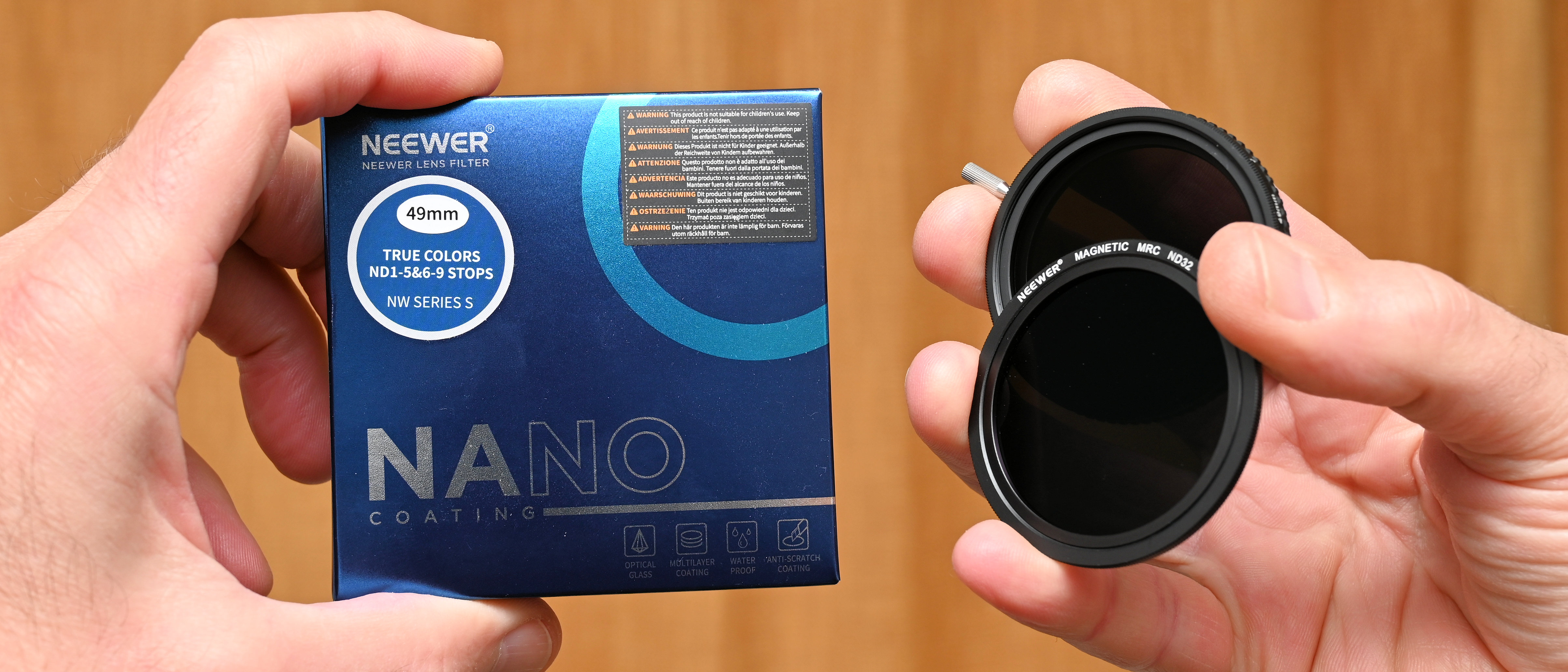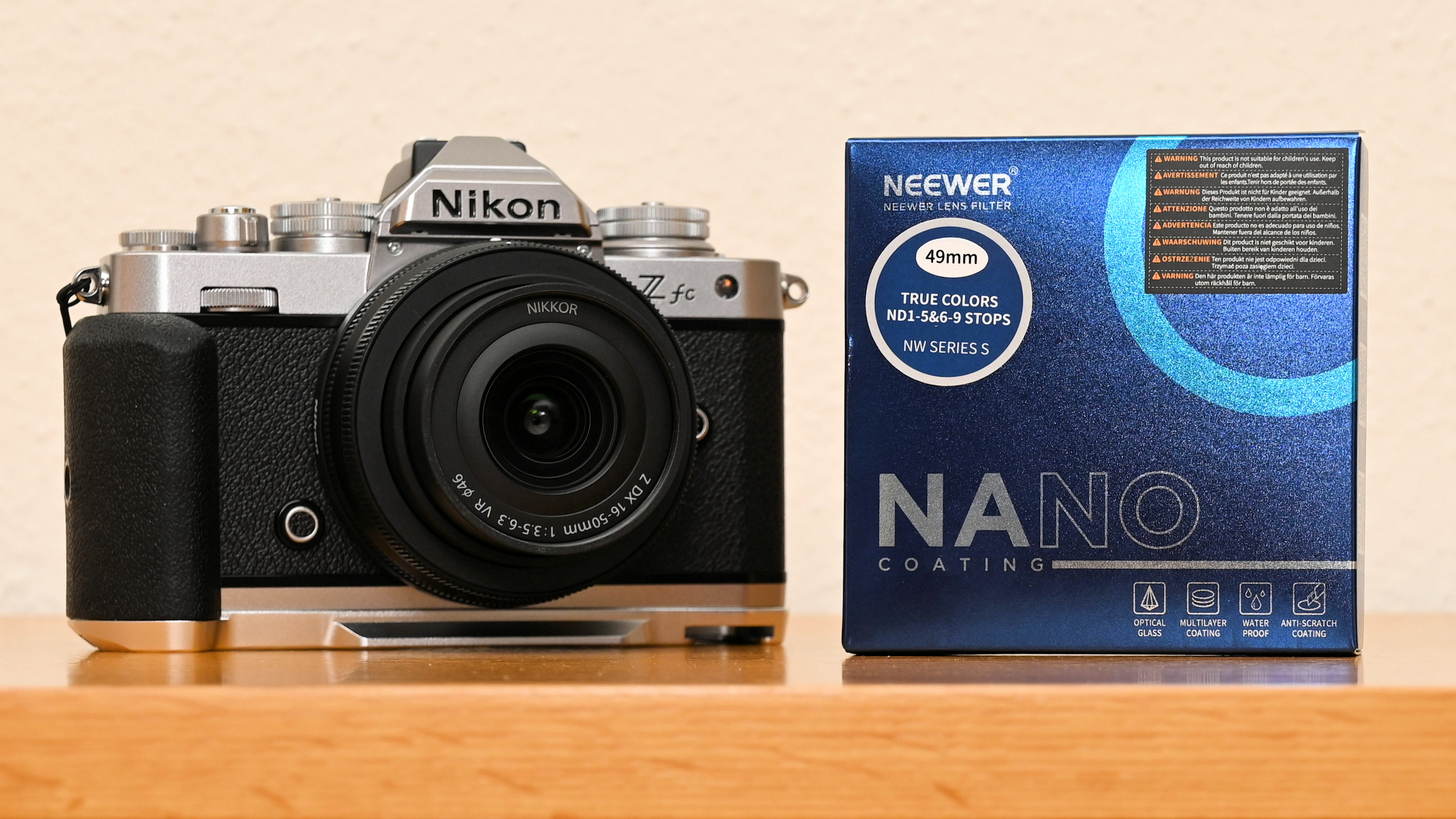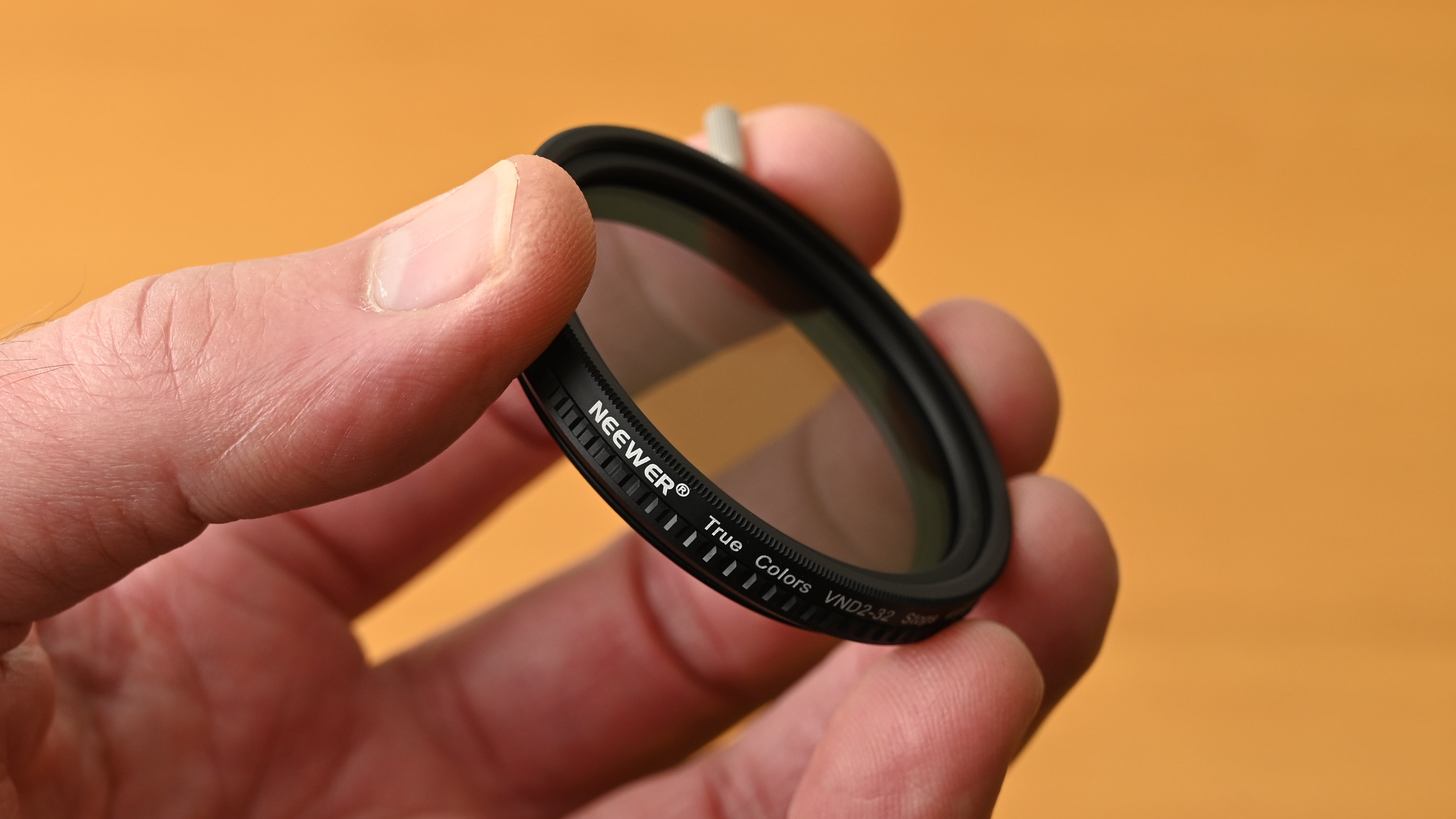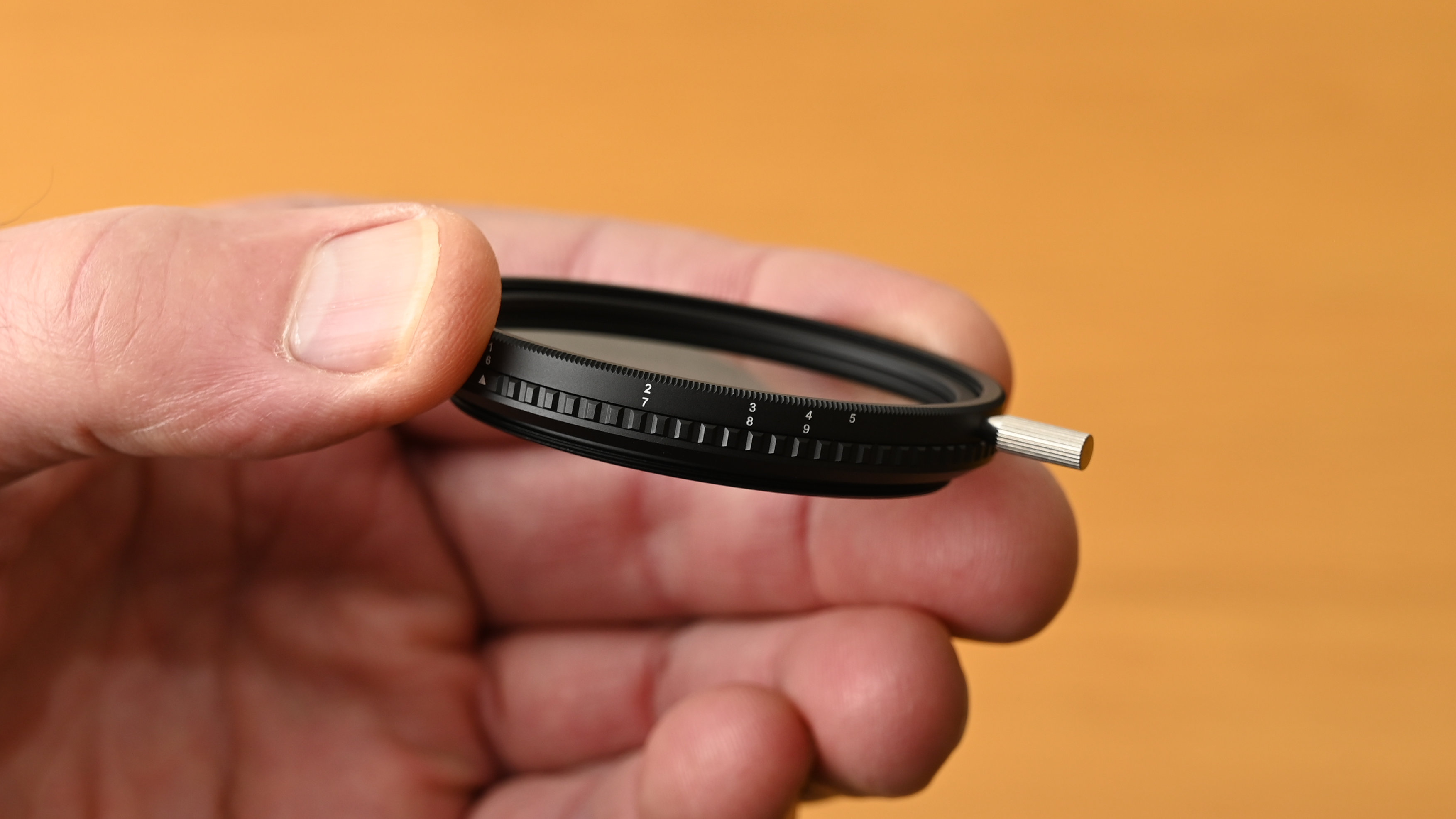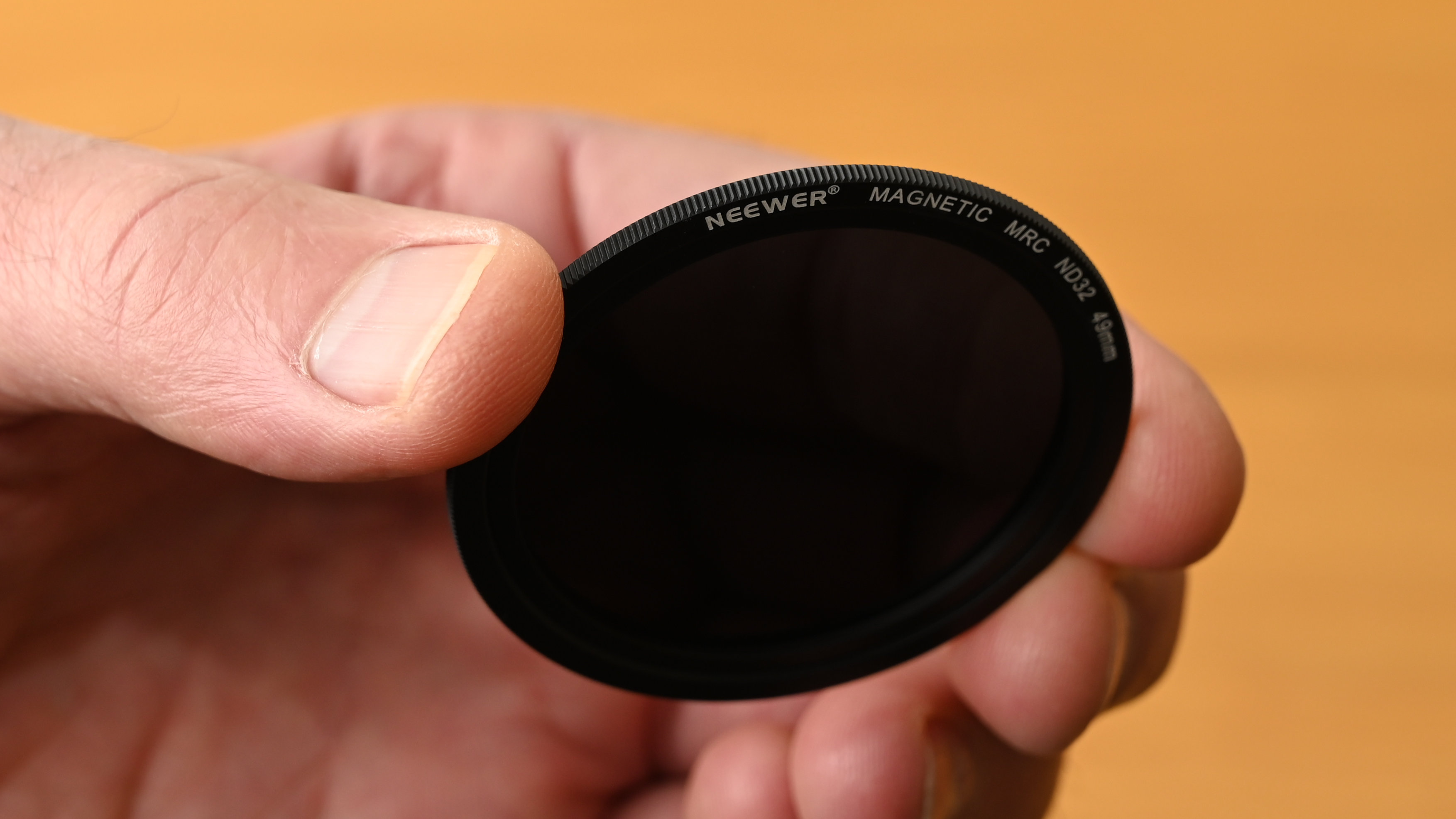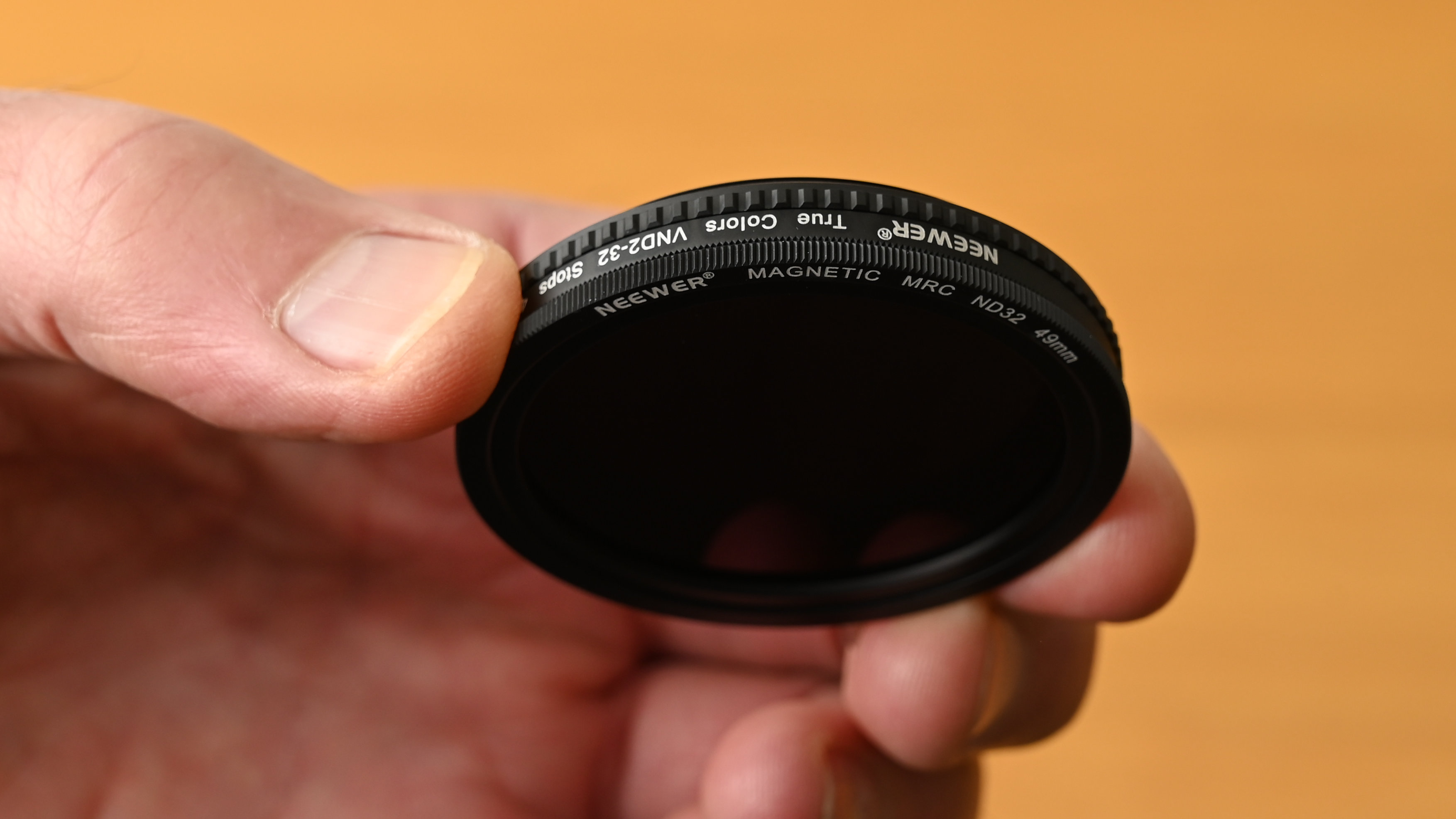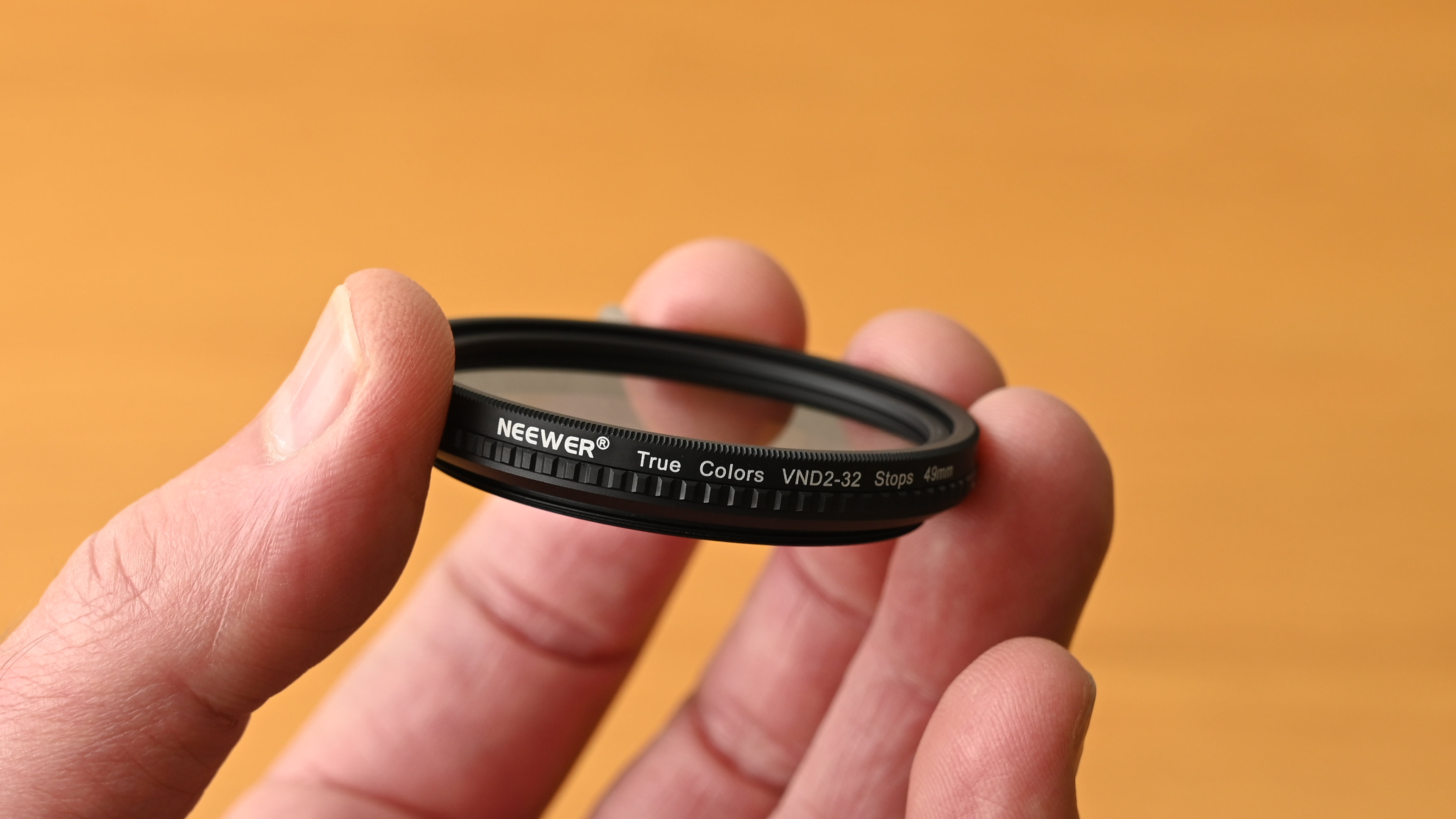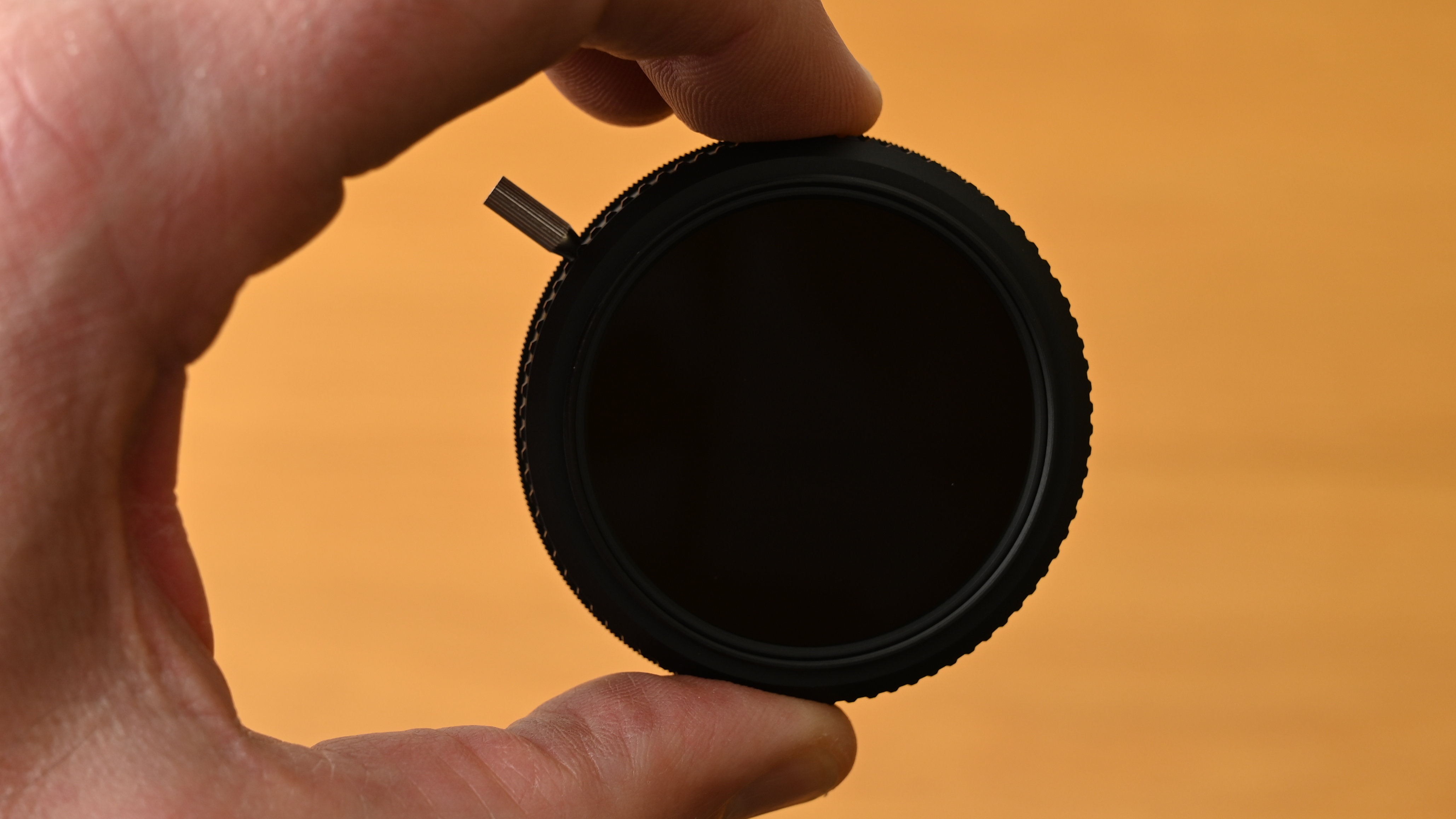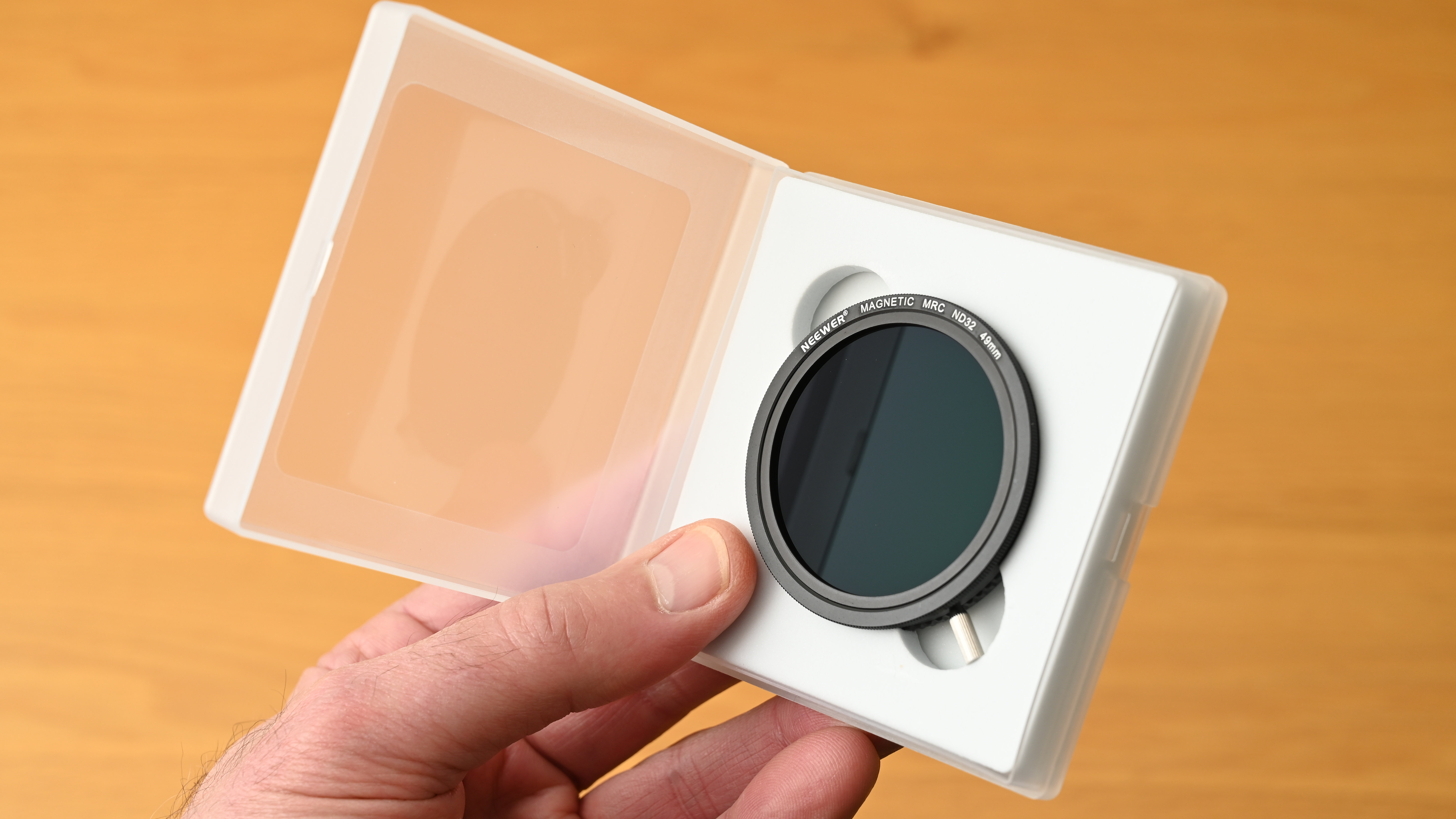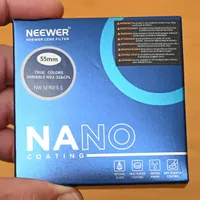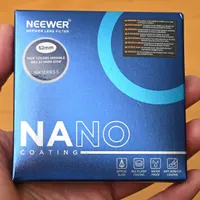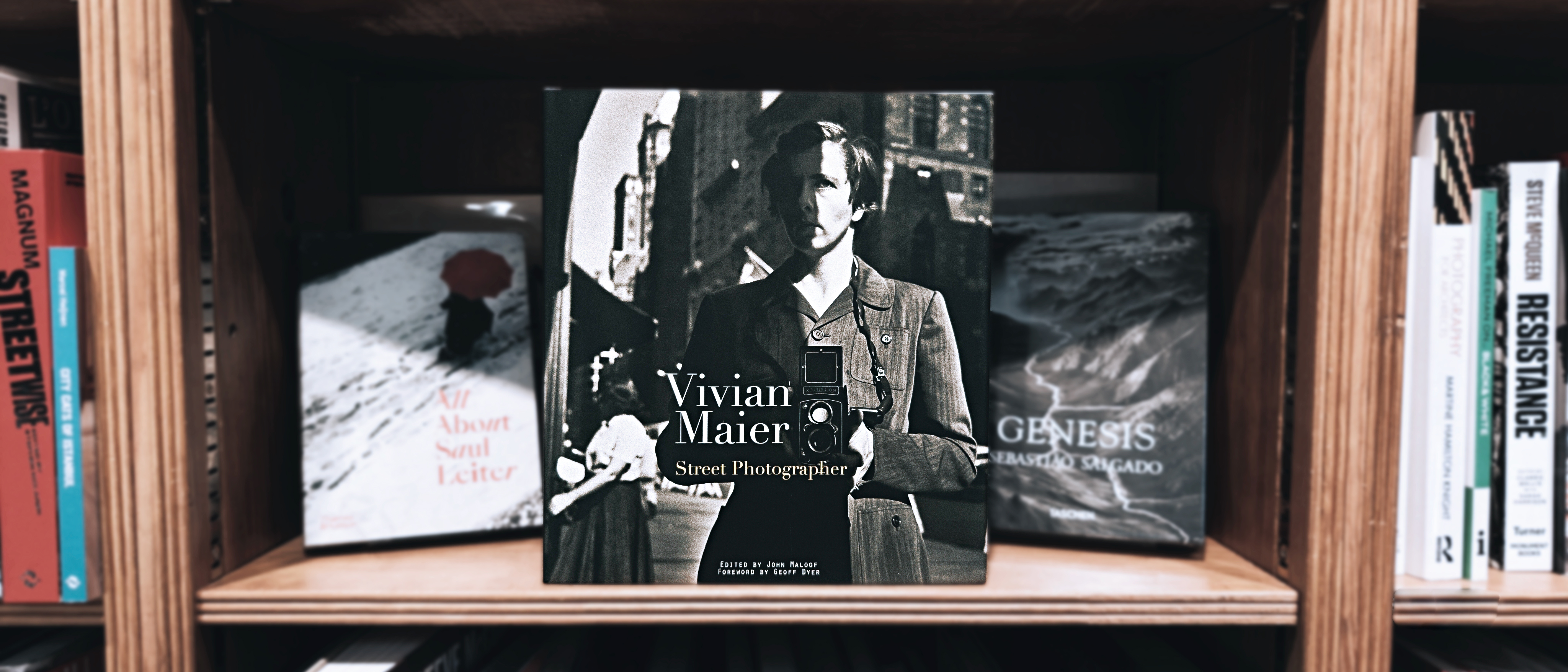Digital Camera World Verdict
I’m not normally a fan of variable neutral density filters but the Neewer ND2-512 (1-9 Stops) HD True Colors Variable ND Filter has won me over. The problem I’ve often encountered in the past is that when I adjust them for greater density, I tend to end up with X-shaped cross shading that ruins the results. This Neewer kit effectively overcomes the issue.
Pros
- +
High quality construction
- +
Very good performance
- +
Big range of stopping power
Cons
- -
Can’t use standard ND on its own
- -
Handle prevents use of hood
- -
Problematic with lens caps
Why you can trust Digital Camera World
Neewer has become a big player in the photography market. The company started out by making an on-camera flash back in 2011 and has never looked back. I’ve got a couple of Neewer LED light panels that I’ve been using for four years now, and they’ve never let me down. More than just a lighting manufacturer, however, Neewer makes a huge array of kit from tripods and supports to monitors and teleprompters. It also makes a large collection of filters in various product lines, including the True Colors range which aims to be among the best variable neutral density filters. Typical of Neewer, the filters aim to combine good performance and build quality at budget-friendly prices.
Neewer ND2-512 HD True Colors VND Filter: Specifications
Filter type | Variable ND + ND32 |
Size range (mm) | 49, 52, 55, 58, 62, 67, 72, 77, 82 |
Frame material | Aluminum |
Filter material | HD optical glass |
Coating layers | Nano, multi-layer, anti-scratch, fluorine |
Transmittance | 1-9 stops |
ND filter factor | 2-512 |
Neewer ND2-512 HD True Colors VND Filter: Price
There’s a wide range of sizes on offer for these screw-in, circular filter kits, ranging from 49mm to 82mm. As I’d expect, larger filters in the range are more expensive to buy but they’re still very reasonably priced, starting at $50 / £68 / AU$88 for the 49mm kit and going up to $60 / £95 / AU$111 for the 82mm kit. Considering that you effectively get two high-quality filters in each kit, I reckon they’re very good value at the price.
Neewer ND2-512 HD True Colors VND Filter: Design & Handling
Sometimes twice as much really is twice as good, as proven by this pair of filters. First up, you get a variable neutral density filter that screws into the attachment thread of your lens. Typically, this single filter is based on a pair of polarized elements. As you rotate one against the other, the transmission of light is increased or reduced, enabling the variable density effect. It can be very useful for photographers wanting to use a wide aperture for a tight depth of field, under very bright lighting. It’s also great for enabling slow shutter speeds for creating motion blur in images. Variable density filters tend to be even more essential for videographers, wanting to keep shutter speeds and aperture settings fixed, despite changes in lighting conditions.
Variable ND filters can be somewhat notorious in that, if you go too far trying to get high-density attenuation, you can end up with a dark X-shaped cross in your image, due to cross-polarization. Nobody wants that. This Neewer VND filter has an operating range of ND2 to ND32. That equates to everything from a 1-stop to a 5-stop reduction. To make life simple, the individual 1, 2, 3, 4 and 5 stop increments are clearly marked on the side of the filter and a protruding handle enables you to easily rotate the filter without the risk of getting greasy fingermarks all over the glass.
Naturally, ND32 (also quoted as an optical density of 1.5) or a 5-stop reduction will only get you so far. For example, under bright lighting conditions if you’re only able to get a slowest shutter speed of 1/60th of a second without a filter, a 5-stop reduction will enable a shutter speed of ½ a second. That’s simply not slow enough if you’re after a long exposure for smoothing the appearance of flowing water or blurring bustling pedestrians out of a street scene. That’s where the second filter in the kit can make all the difference.
The secondary filter supplied is a straightforward, fixed ND32 neutral density or ‘ND’ filter. This one gives a 5-stop reduction, pure and simple. The crafty bit is that the second filter snaps into place on top of the VND filter, by magnetic attraction. Once the ND filter is added, you now get an effective range of 6-stop to 9-stop reduction, again marked on the side of the VND filter in single stop increments, just underneath the standalone 1-4 f/stop section of the scale. So again, with a starting point of 1/60th of a second with no filter attached, you can now reduce your shutter speed to 8 seconds. That’s much more useful for obtaining long exposures, although it still falls an f/stop short of typical 10-stop ND filters. These go a stop further and in this example, would stretch your long exposure from 8 seconds to 15 seconds.
Build quality feels very convincing. The filter casings are made from a lightweight aluminum frame which is anodized in matte black, including on the inner surfaces to avoid unwanted reflections. The magnets for holding the two filters together are nice and strong without the bond being overly excessive. Knurling is applied by CNC (Computer Numerical Control) precision engineering to ensure easy and comfortable fitment and removal from the camera lens.
The best camera deals, reviews, product advice, and unmissable photography news, direct to your inbox!
The actual filter material is quoted as being ‘HD optical glass’ and comes complete with 30 layers of nano-structure coatings. These include multi-layer anti-reflective coatings, anti-scratch coatings and fluorine coatings to repel water and greasy fingermarks, all applied to both sides of the filters.
The filter kit is supplied with a protective carrying case and microfiber cleaning cloth. However, if you want to use a front lens cap, that presents problems. For example, the 77mm screw-in filter requires an 82mm front cap (not included) and you can only fit this without the secondary ND filter being magnetically attached to the VND filter.
Neewer ND2-512 HD True Colors VND Filter: Performance
Stacking filters always comes with inherent dangers. Each additional layer of filter material can further degrade sharpness, clarity, contrast and other aspects of image quality. There’s also the danger of light being reflected back and forth between the additional filters, increasing ghosting and flare. I found that the nano-structure coatings in these filters really earned their keep, effectively banishing ghosting and flare.
The series of images below gives an idea of how much light-stopping power you get with the VND filter at its minimum and maximum settings, and then with the addition of the secondary ND32 filter.
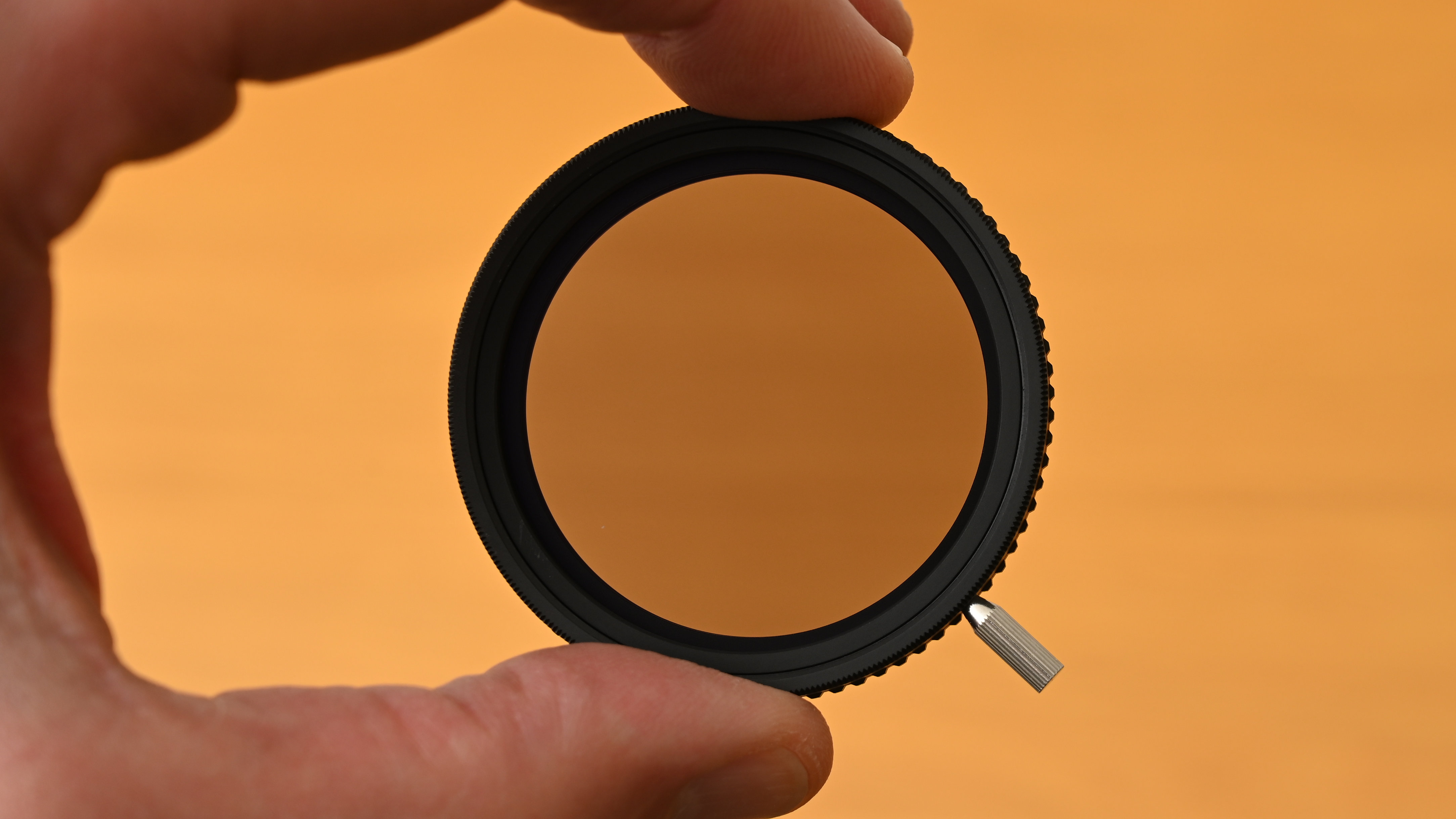
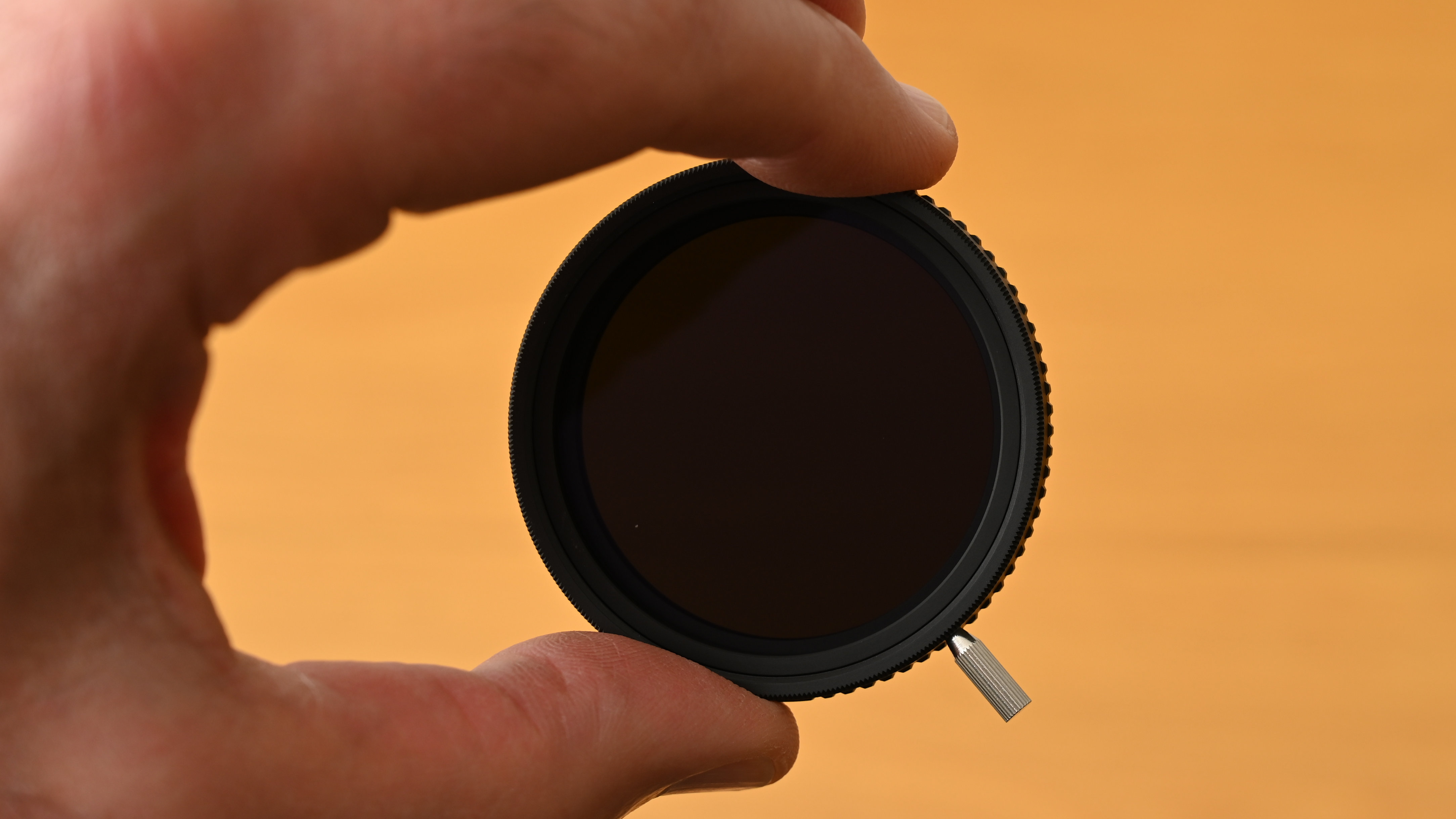
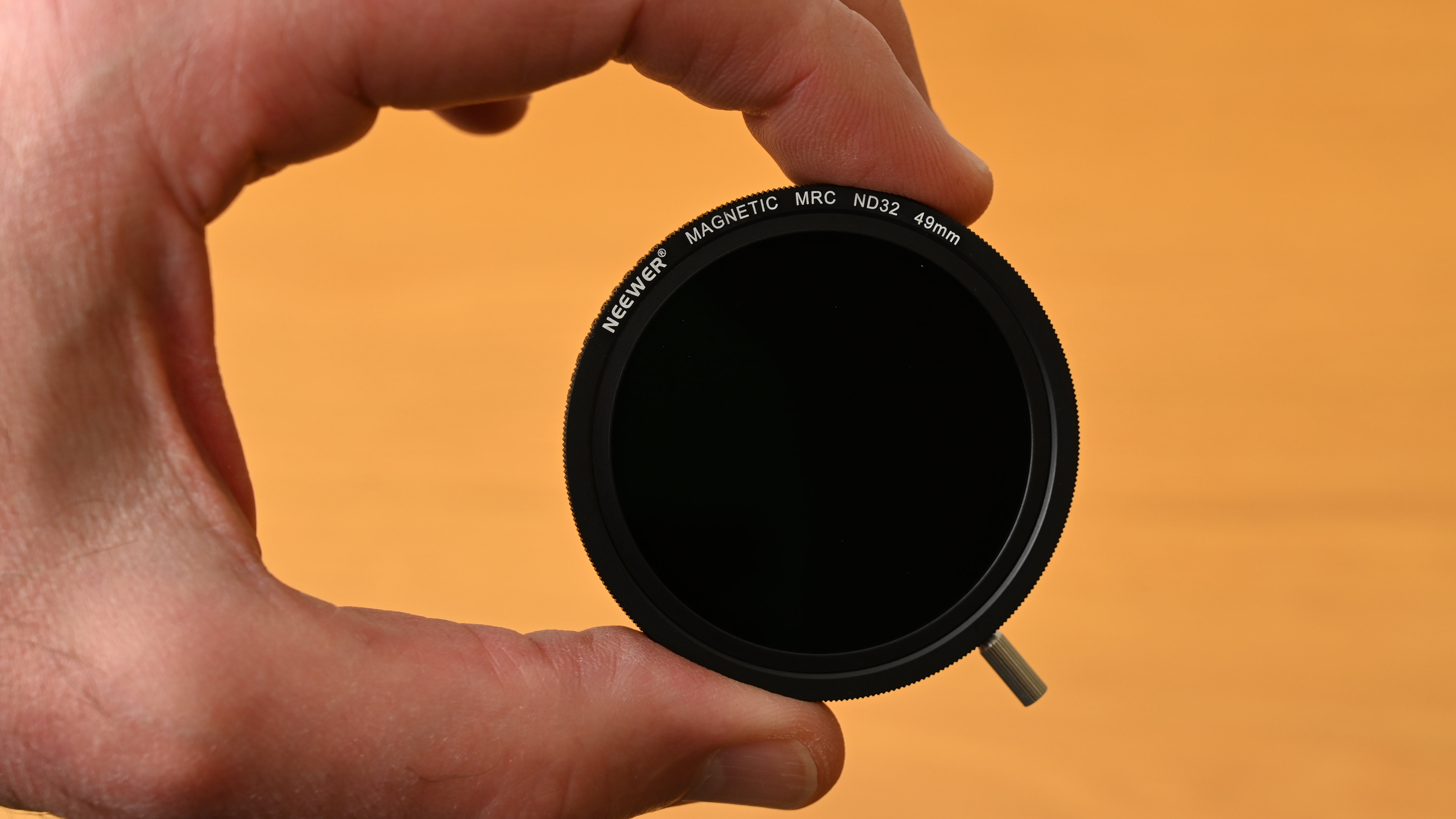
The following gallery of example shots is of Pulteney Bridge weir in the UK city of Bath. In the first shot, no filter is attached to the lens. Successive shots show the effect of increasing density being applied with one and then both filters.
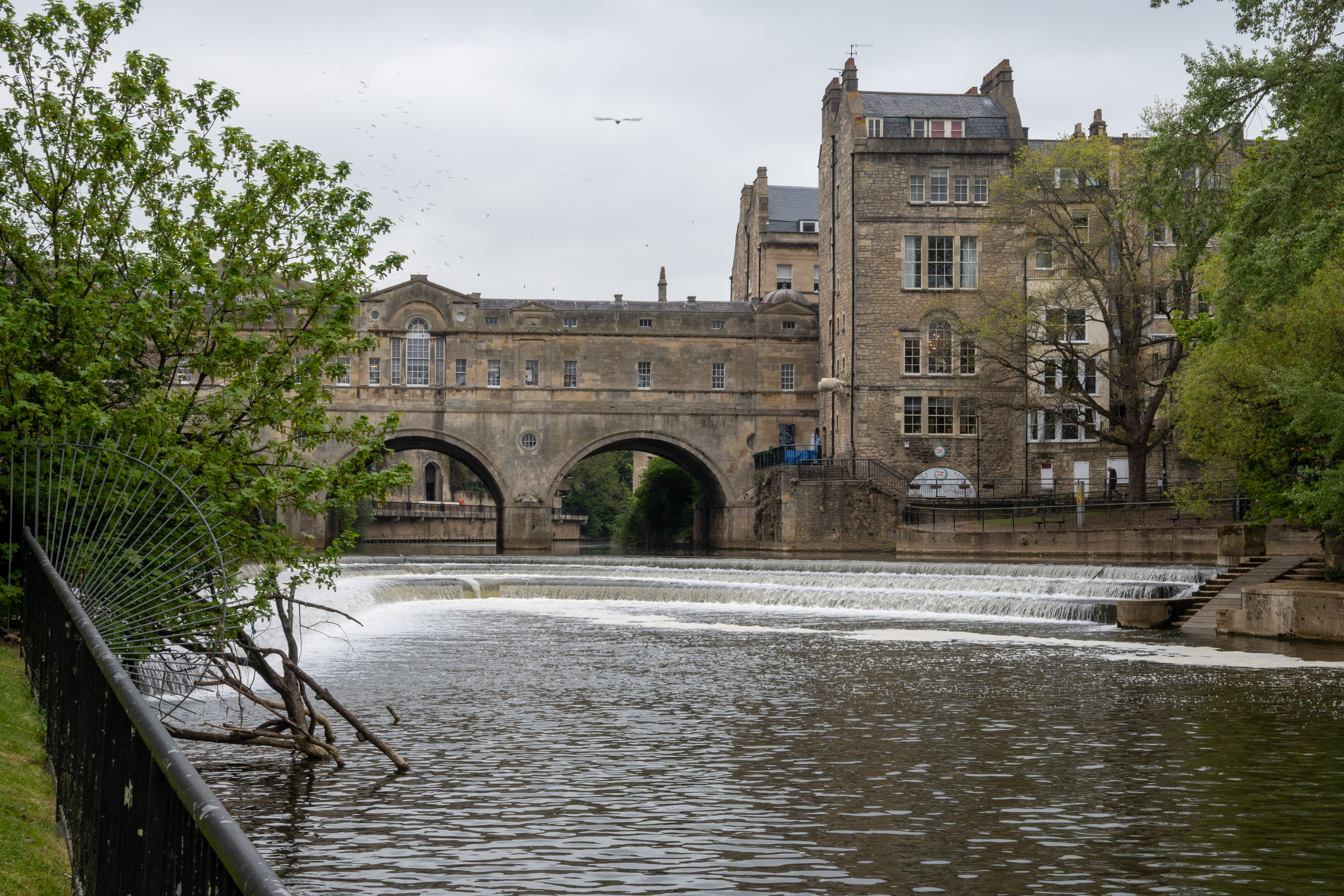
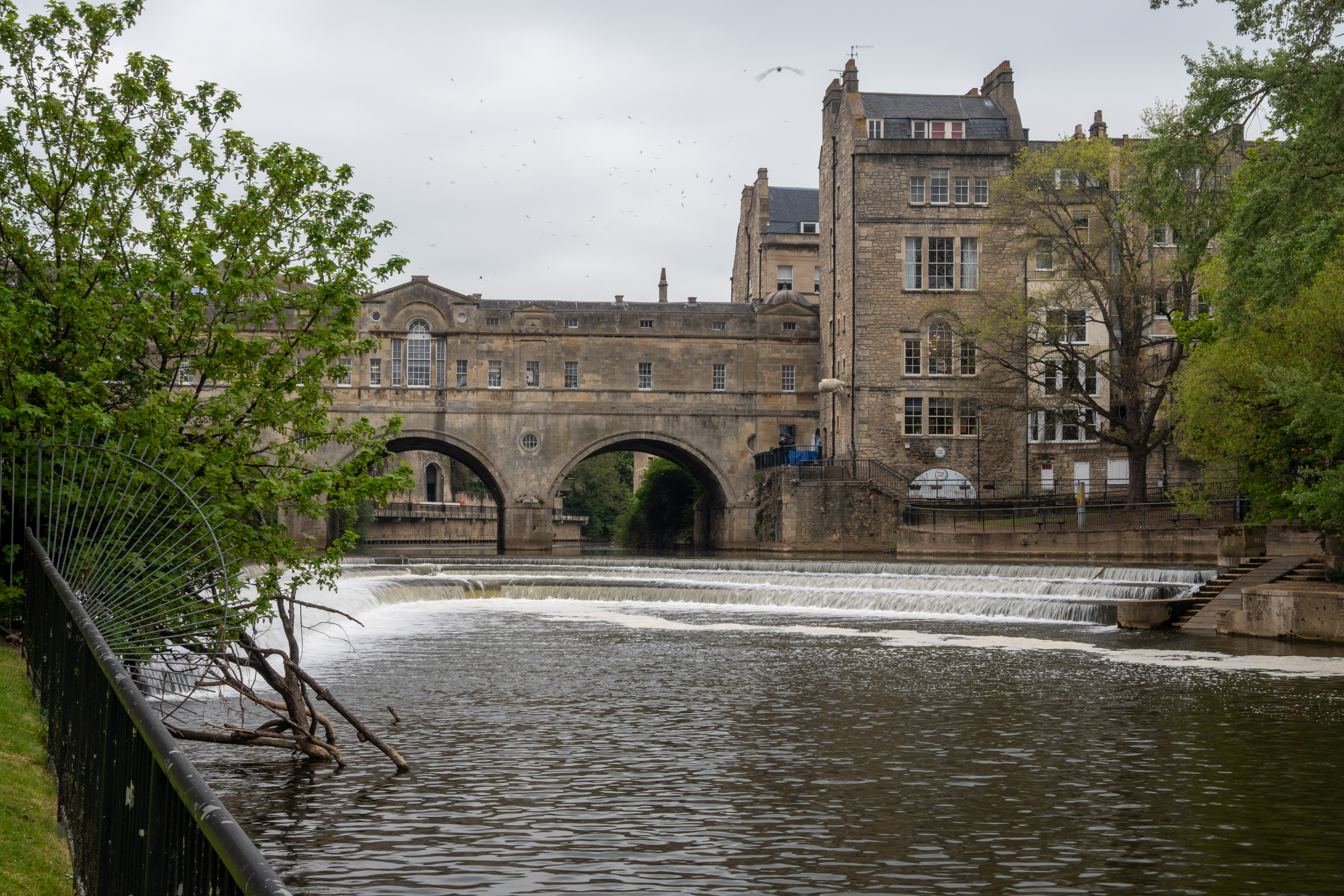
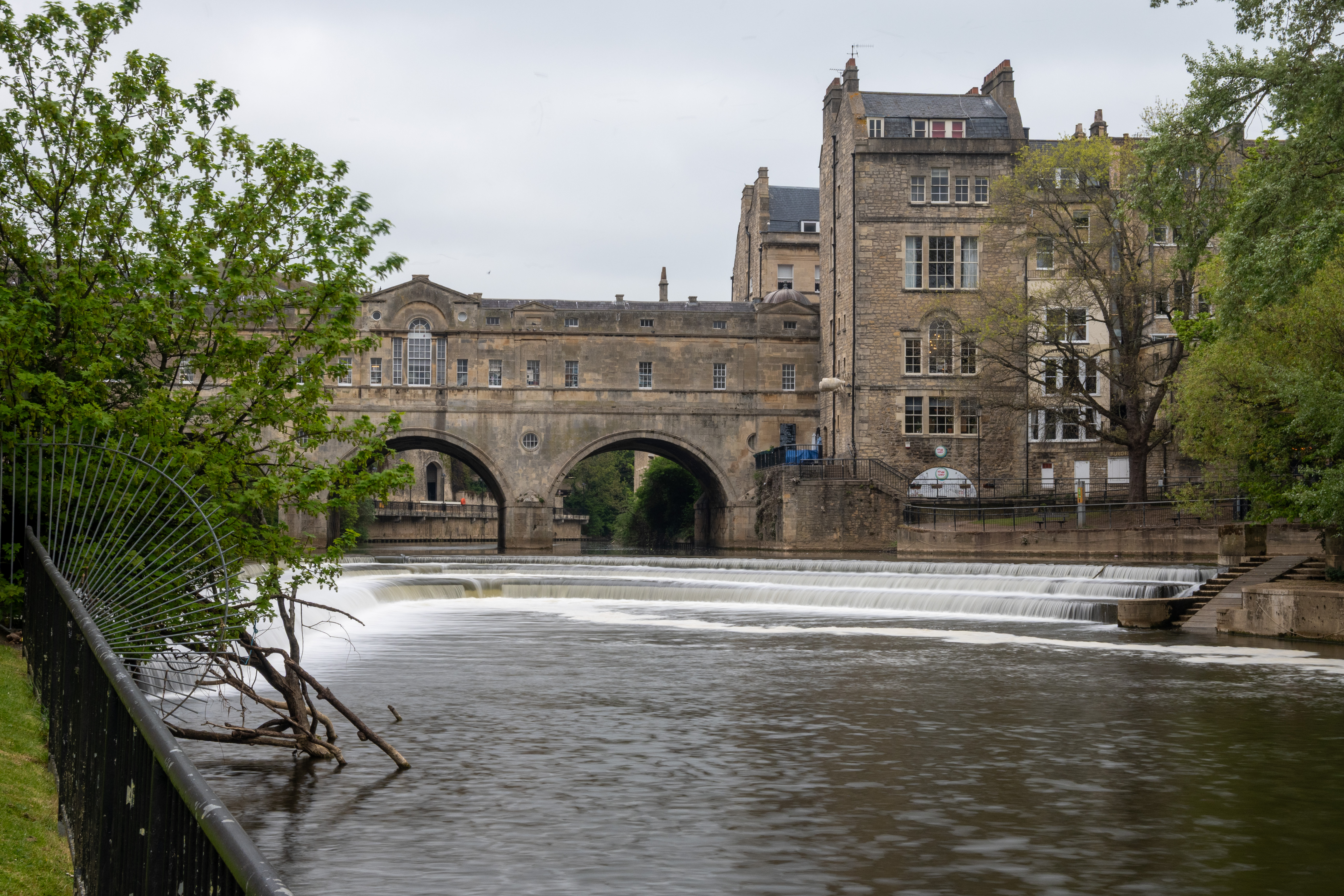
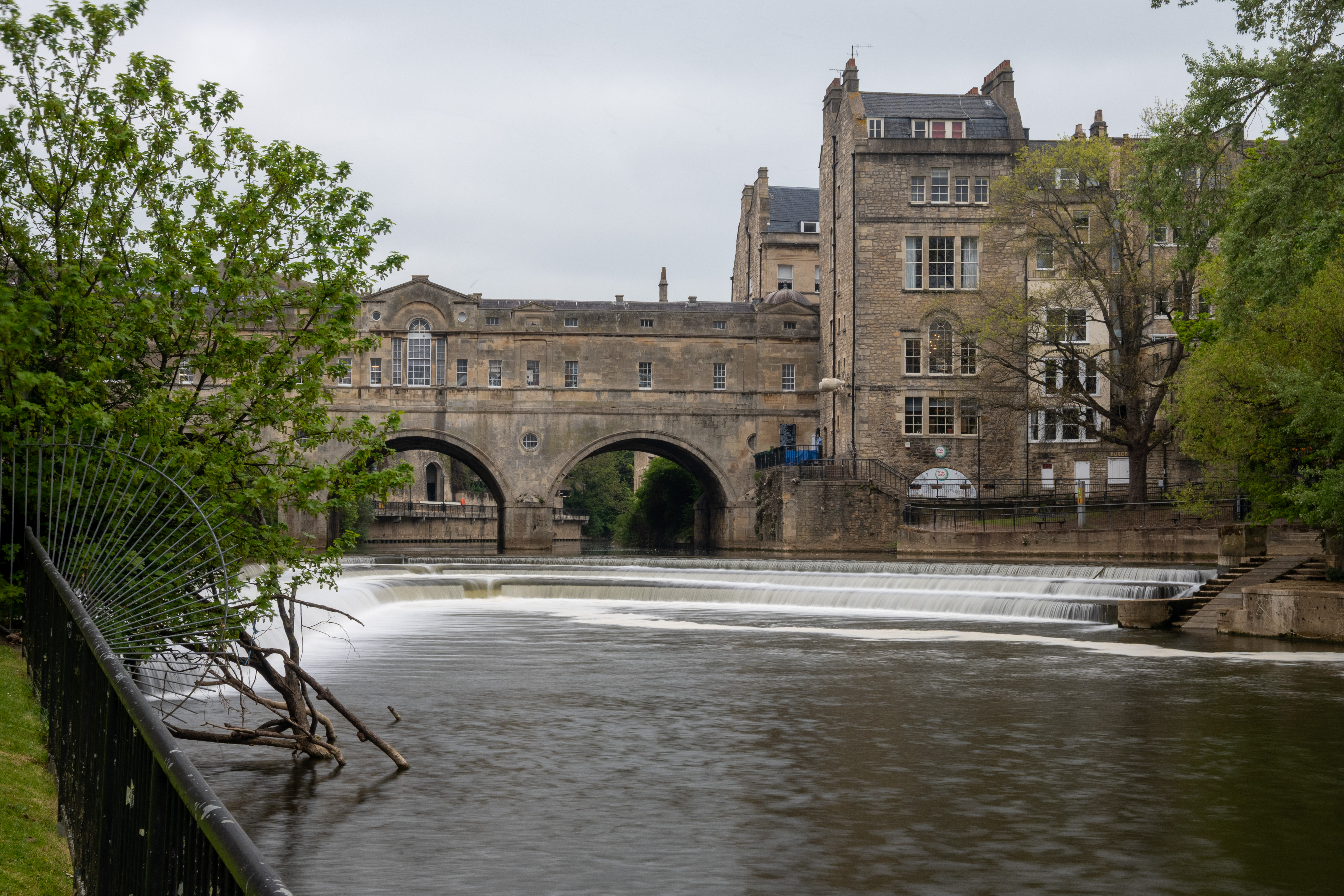
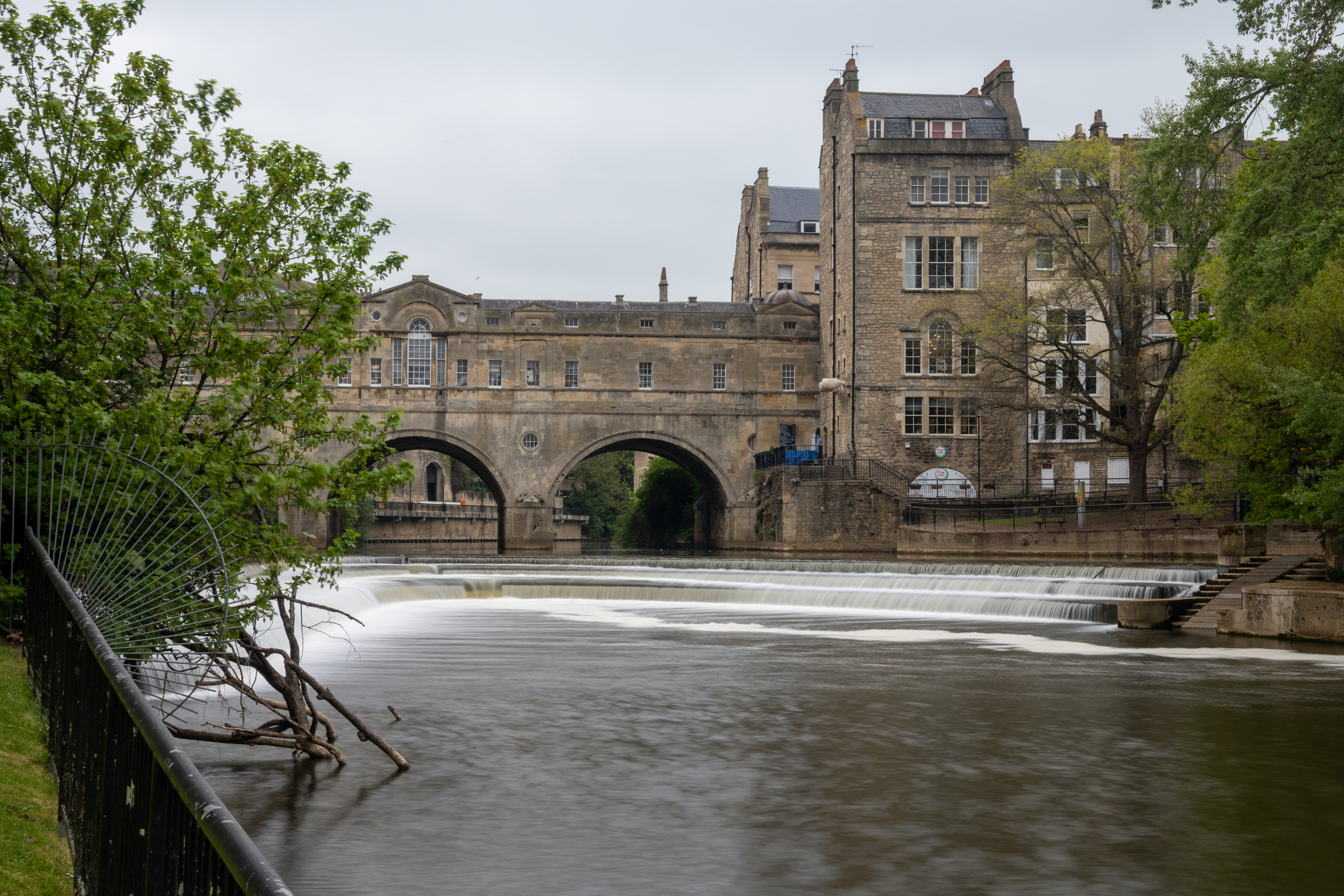
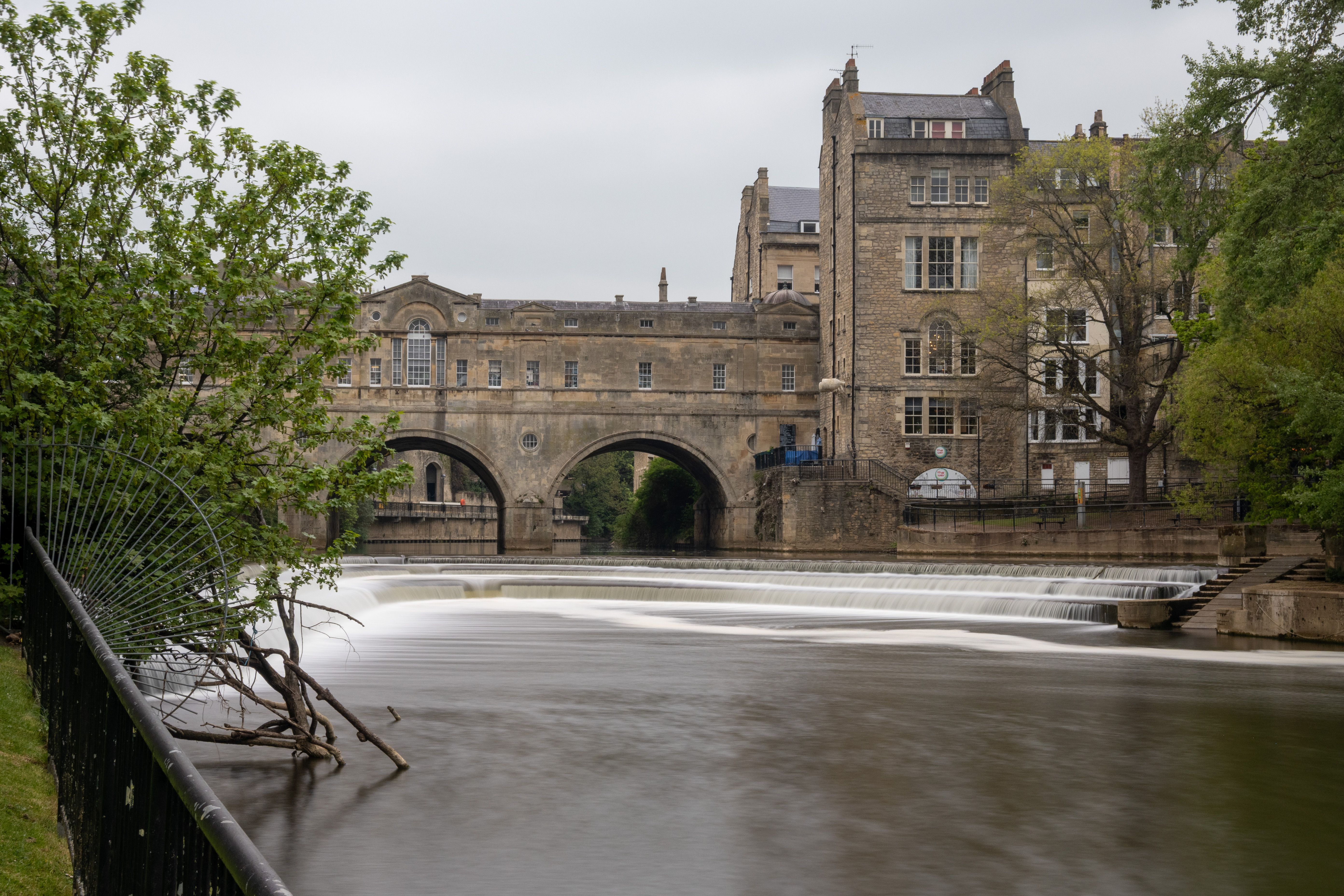
The main VND filter is easy to fit and its handle and markings make it easy to use. True to my expectations, I found that even its maximum 5-stop setting left me wanting more. The additional magnetic ND32 filter is definitely worth having and works really well in conjunction with the VND.
Neutral density filters are sometimes used to enable long exposures. Popular scenarios include blurring bustling pedestrians out of city street scenes, and creating light trails from passing traffic. The gallery below shows a city scene, first with no filter attached, then with progressively more filtration, throughout the range using one and then both filters.

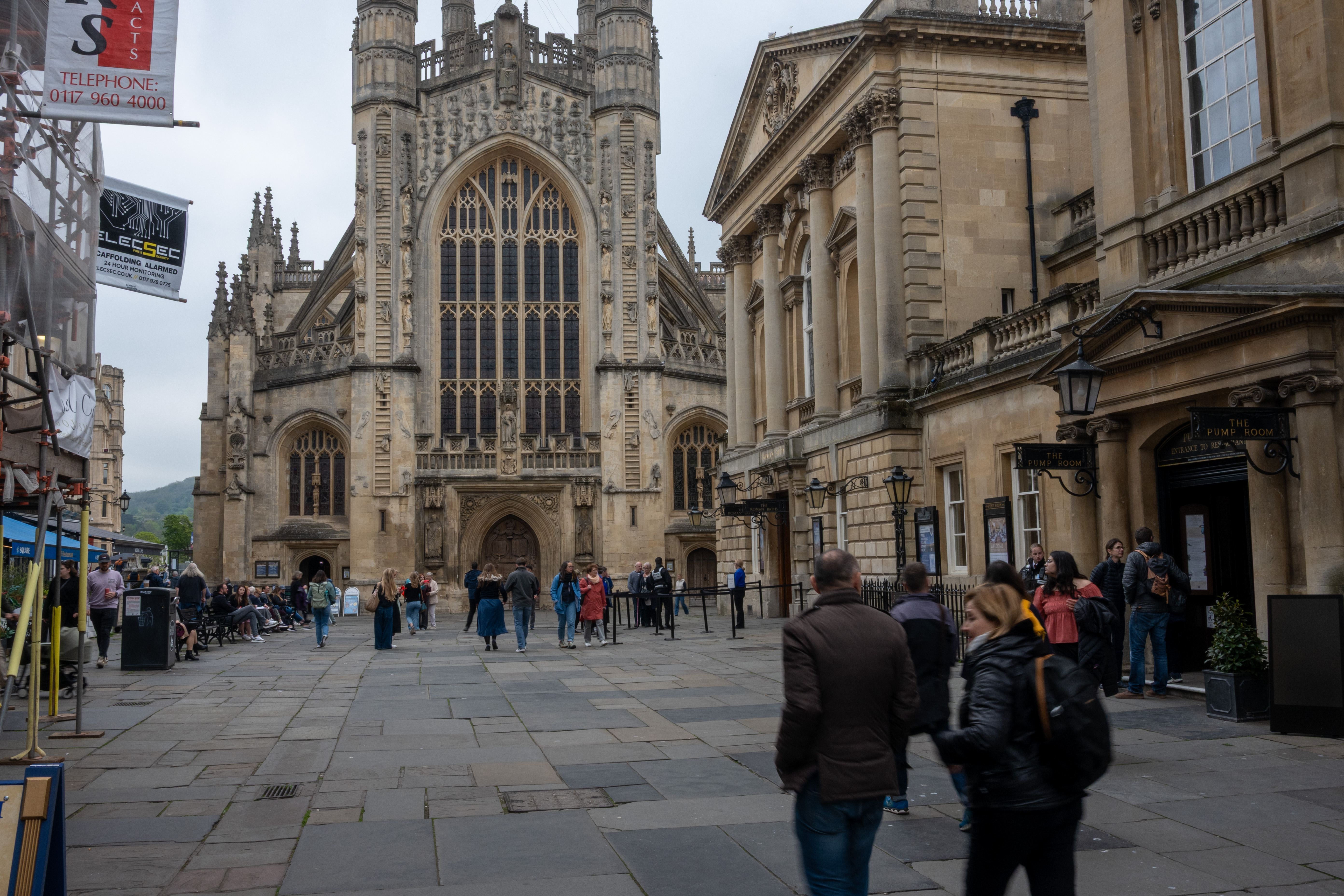

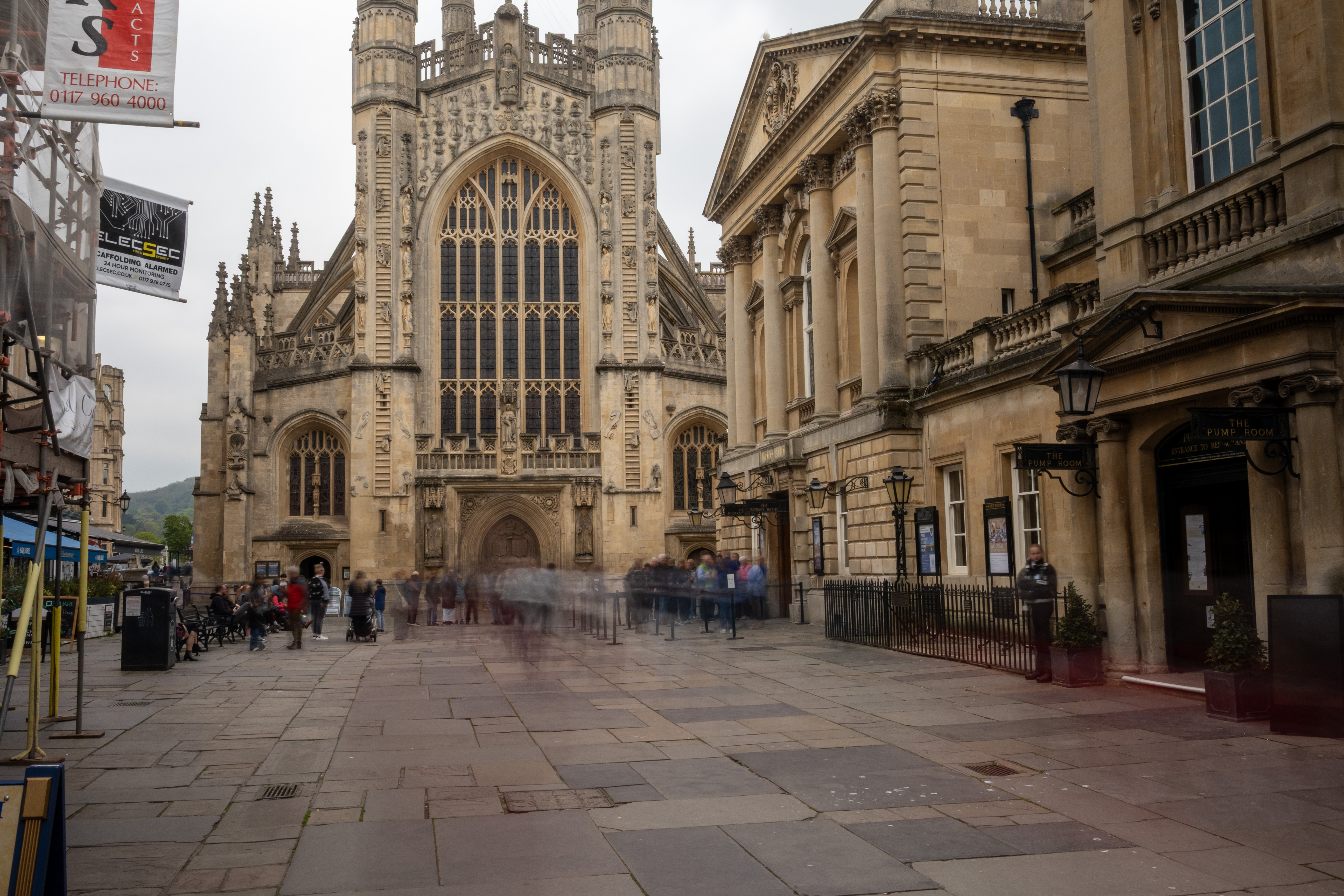
Neewer ND2-512 HD True Colors VND Filter: Verdict
I was initially a bit dubious about the benefit of this variable neutral density filter, as well as stacking two filters together when using the additional ND filter. I was pleasantly surprised by the image quality when using one and both filters, and how easy they were to use. The VND filter effectively avoided any risk of X-shaped cross-polarization and the magnetic connection of the two filters together avoided any light leakage through the joint, as well as minimizing ghosting and flare. All in all, it’s a very impressive kit. The only slight niggles are that you can’t use the plain ND filter on its own, the operating handle precludes the use of a hood, and you can’t fit a front cap on with the magnetic filter in place.
Features ★★★★★ | The combination of VND and additional magnetic ND filters makes for a strong feature set. |
Design ★★★★☆ | It’s very good overall but you can’t use the plain ND filter on its own, and the handle precludes use of a hood. |
Performance ★★★★☆ | The filters work very well in tandem, the secondary magnetic ND filter stretching the range without risking cross-polarization. |
Value ★★★★★ | Considering that you’re getting two high-quality filters in this kit, it’s excellent value for money. |
Alternatives
The Neewer 2 in 1 True Colors Variable ND2-ND32 & CPL Filter again combines two filters but this time built into just one fixed frame, rather than having a secondary magnetic filter. It comprises the same ND2-ND32 variable density filter but adds a circular polarizing filter. It’s available in popular sizes from 37mm up to 82mm, with a spread in cost from $50 / £63 / AU$70 to $75 / £95 / AU$108.
The Neewer ND2-32 True Colors Hard Stop Variable ND Filter is a variable neutral density filter pure and simple, without an additional ND filter nor a circular polarizer. It has a relatively limited range of usefulness but the ‘hard stops’ do at least avoid the risk of a dark X-shape in your images caused by cross-polarization. It’s available in sizes from 49mm to 82mm and costs from $44 / £44 / AU$60 to $53 / £70 / AU$120.
Matthew Richards is a photographer and journalist who has spent years using and reviewing all manner of photo gear. He is Digital Camera World's principal lens reviewer – and has tested more primes and zooms than most people have had hot dinners!
His expertise with equipment doesn’t end there, though. He is also an encyclopedia when it comes to all manner of cameras, camera holsters and bags, flashguns, tripods and heads, printers, papers and inks, and just about anything imaging-related.
In an earlier life he was a broadcast engineer at the BBC, as well as a former editor of PC Guide.
You must confirm your public display name before commenting
Please logout and then login again, you will then be prompted to enter your display name.
